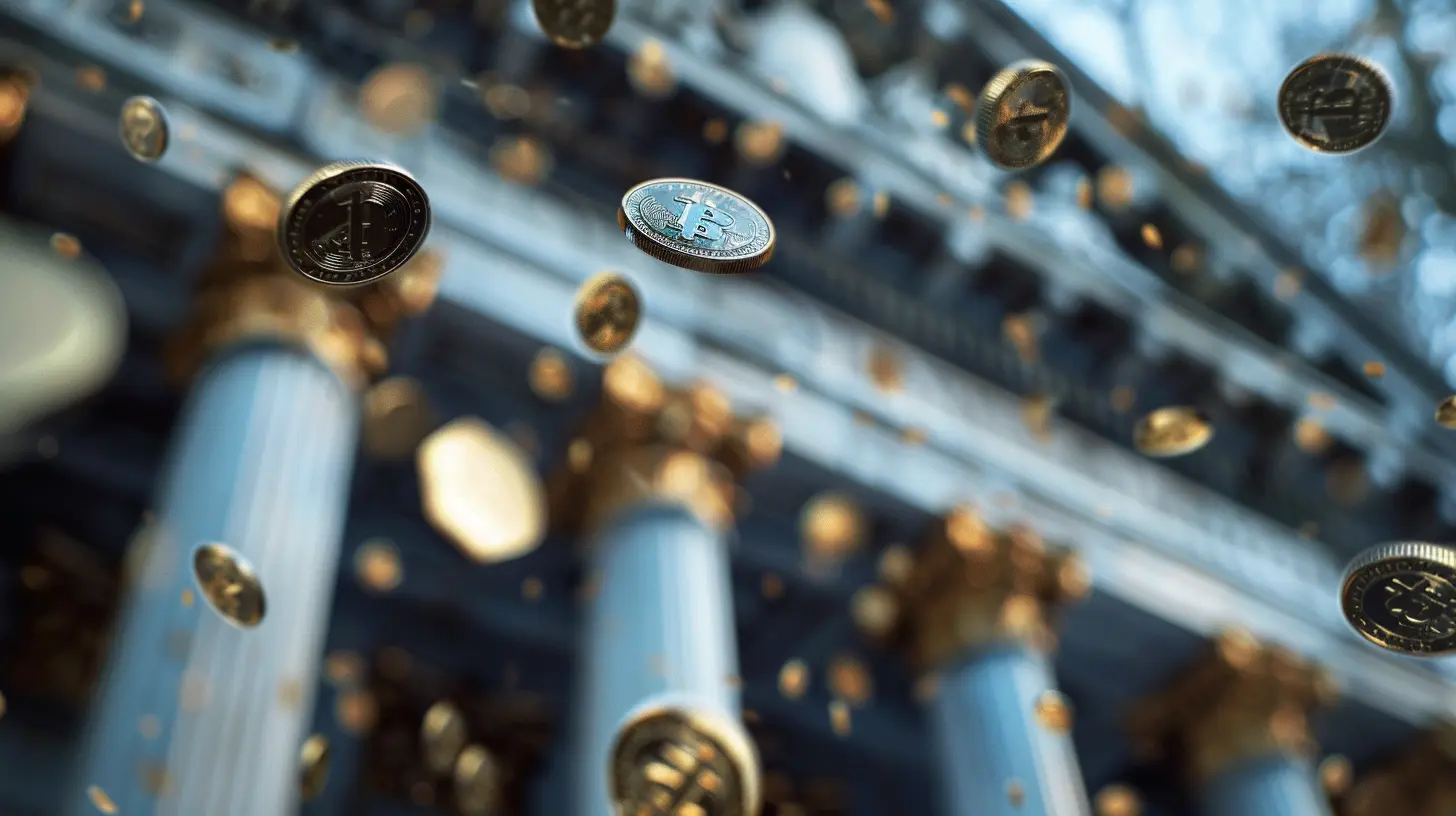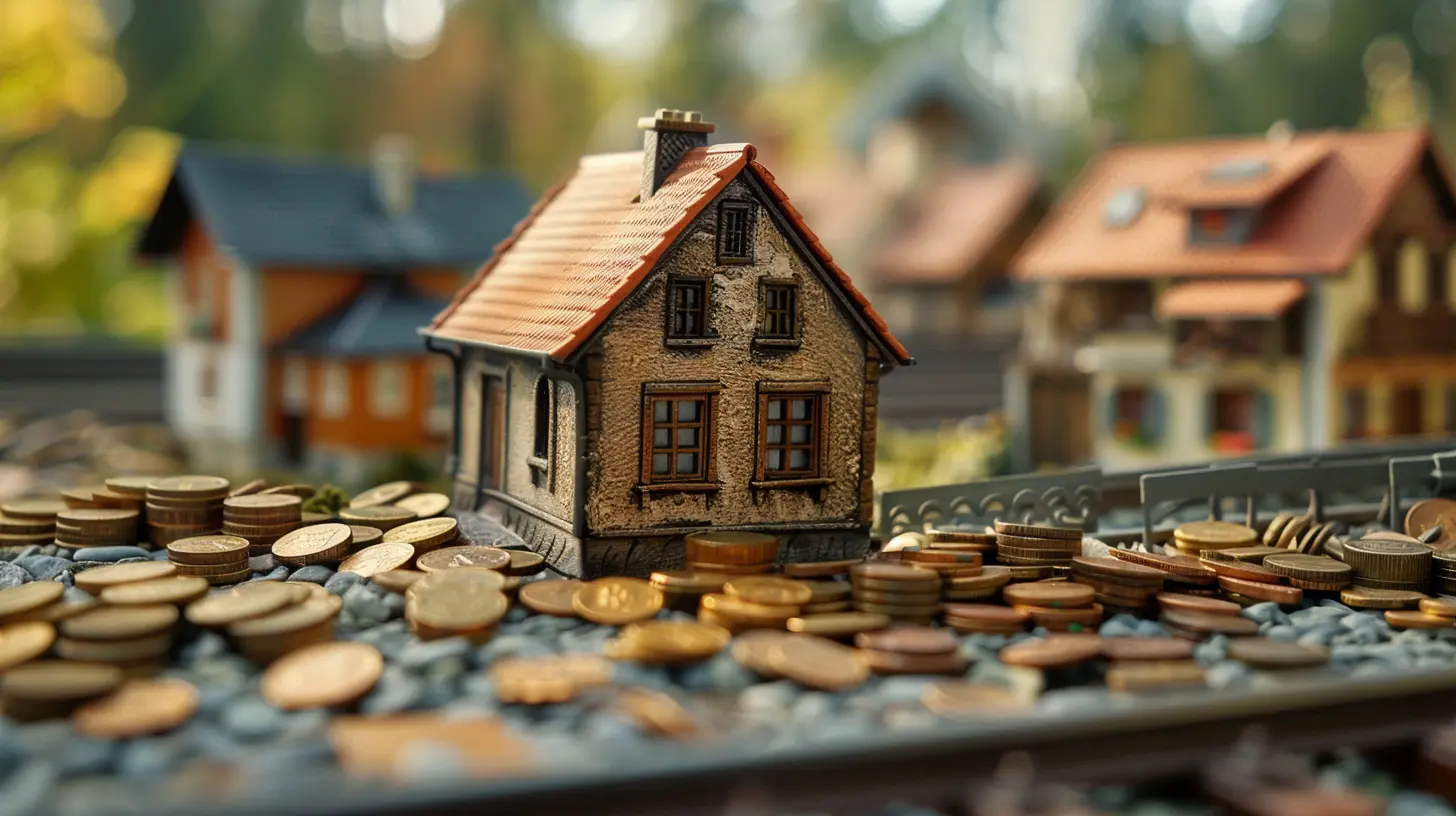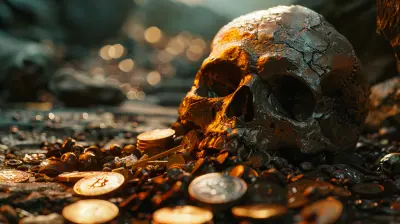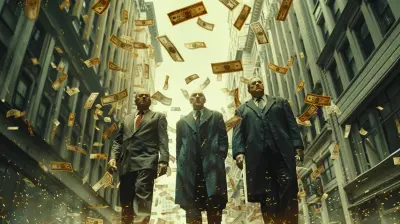The Trade-Off Between Interest Rates and Economic Growth
1 October 2025
When it comes to managing an economy, one key balancing act stands out: the trade-off between interest rates and economic growth. Picture it as a seesaw—when interest rates go up, economic growth tends to slow down. But when rates go down, the economy often heats up. The big question is: how do we find the right balance?
Let’s dive into this topic and break it down into simple, digestible insights.

What Are Interest Rates?
At its core, an interest rate is the cost of borrowing money. Banks, businesses, and individuals all rely on loans for various reasons—whether it’s to buy a home, expand a company, or cover government projects.Think of an interest rate like the price tag on money. When rates are low, borrowing is cheap, encouraging spending and investment. When rates climb, borrowing becomes expensive, making people and businesses think twice before taking on debt.

How Interest Rates Influence Economic Growth
Economic growth is fueled by spending and investment. Money circulating in the economy leads to job creation, higher wages, and more business opportunities. But how do interest rates fit into the equation?Lower Interest Rates: Boosting Economic Growth
When interest rates drop, borrowing becomes more attractive. Businesses can take out loans to expand, hire more employees, and invest in new projects. Consumers can afford larger purchases like homes and cars, increasing demand in various sectors.Here’s what happens when rates go down:
- Increased Consumer Spending: People can borrow cheaply, meaning they’re more likely to make large purchases.
- Higher Business Investments: Companies take advantage of low rates to grow, hire, and innovate.
- Stock Market Gains: Lower rates tend to push investors toward stocks instead of bonds with low returns.
But here’s the catch—too much of a good thing can lead to inflation.
Higher Interest Rates: Slowing Down the Economy
On the flip side, when rates increase, borrowing becomes costly. People cut back on loans, businesses slow down expansions, and economic growth cools off.This is done intentionally by central banks (like the Federal Reserve) to keep inflation in check. If money is too cheap and the economy overheats, prices rise too quickly, making goods and services unaffordable for many.
Effects of higher interest rates include:
- Reduced Consumer Spending: Higher loan costs mean fewer purchases.
- Slower Business Expansion: Companies hesitate to take on debt, cooling job growth.
- Weaker Stock Markets: Investors shift money to safer bonds, leading to stock market declines.

The Role of Central Banks
Central banks play the role of the economy’s thermostat, adjusting interest rates to keep things in balance. In the U.S., the Federal Reserve (a.k.a. "The Fed") sets a target interest rate that influences borrowing and lending nationwide.When the economy is struggling, the Fed lowers rates to encourage spending. When inflation runs too high, it raises rates to cool things down.
The challenge? Timing it right. Move too slowly, and inflation spirals out of control. Move too fast, and the economy slips into a recession.

The Dangers of Keeping Rates Too High or Too Low
Keeping Rates Too Low for Too Long
If interest rates stay too low for an extended period, we run into problems like:- Inflation Spikes: Prices rise faster than wages, crushing purchasing power.
- Housing & Asset Bubbles: Cheap borrowing fuels overpriced markets, setting the stage for a crash.
- Currency Depreciation: A weaker currency can reduce international trade competitiveness.
A classic example? The 2008 financial crisis. Years of loose borrowing led to a housing bubble that eventually collapsed, dragging the global economy down with it.
Keeping Rates Too High for Too Long
On the other hand, excessively high interest rates can:- Trigger Recession: Economic activity grinds to a halt, leading to job losses.
- Discourage Investments: Businesses hold back on expansion, reducing growth.
- Increase National Debt Costs: Governments with high debt struggle to keep up with interest payments.
A notable case? The early 1980s. The U.S. Federal Reserve raised rates aggressively to curb inflation, but it also led to a deep recession.
Striking the Right Balance
Finding the sweet spot between interest rates and economic growth isn’t easy. Central banks must carefully assess economic indicators like inflation, employment, and GDP growth before adjusting rates.A well-balanced approach ensures:
- Sustainable economic expansion
- Controlled inflation
- Stable job markets
What Does This Mean for You?
Interest rate changes affect more than just businesses and financial markets—they impact everyday life. Whether you're borrowing for a mortgage, investing in stocks, or saving for retirement, understanding this trade-off can help you make smarter financial decisions.Key Takeaways:
1. Lower interest rates encourage borrowing and spending, fueling economic growth.2. Higher interest rates slow down borrowing, curbing inflation but also economic expansion.
3. Central banks adjust rates carefully to keep the economy steady.
4. Extreme rate policies—too high or too low—can lead to financial crises.
5. Being aware of interest rate trends can help you make better financial choices.
Final Thoughts
The relationship between interest rates and economic growth is like steering a car—too much speed can lead to overheating, while going too slow might stall the engine. That’s why central banks are always tweaking the controls, trying to keep the economy running smoothly.So, next time you hear about an interest rate hike or cut, don’t just shrug it off. It’s a crucial factor shaping the country's financial future—and your own.
all images in this post were generated using AI tools
Category:
Interest RatesAuthor:

Zavier Larsen

